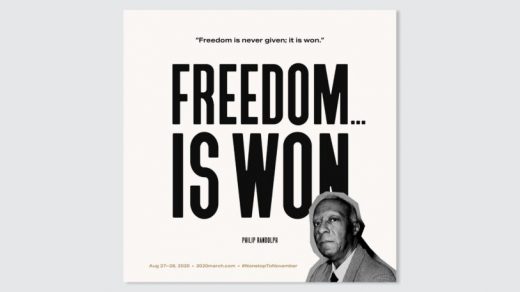See the powerful new branding of this year’s virtual March on Washington
Next Thursday, the 2020 Virtual March on Washington kicks off. The march falls on the anniversary of the historic 1963 march, where Martin Luther King Jr. delivered his “I have a dream” speech at a crucial juncture in the fight for civil rights. Now, the event is updated for the constraints of 2020: Viewers can take part in nearly all the programming—from keynotes speeches and calls to action to the march itself, via live stream—from the comfort and safety of their computer.
The shift to a virtual protest created a new branding challenge for the NAACP, which planned the event. How do you capture the physicality and energy of an in-person march when most people will experience it through a screen? Ida Woldemichael, associate director at design agency Wide Eye, developed the branding along with founder Ben Ostrower and their team. They filled that gap by drawing on the march’s rich visual history, including hand-stenciled protest signs, and adapted it for a virtual era. Top of mind, Woldemichael says, was “the idea of recreating the dream.”
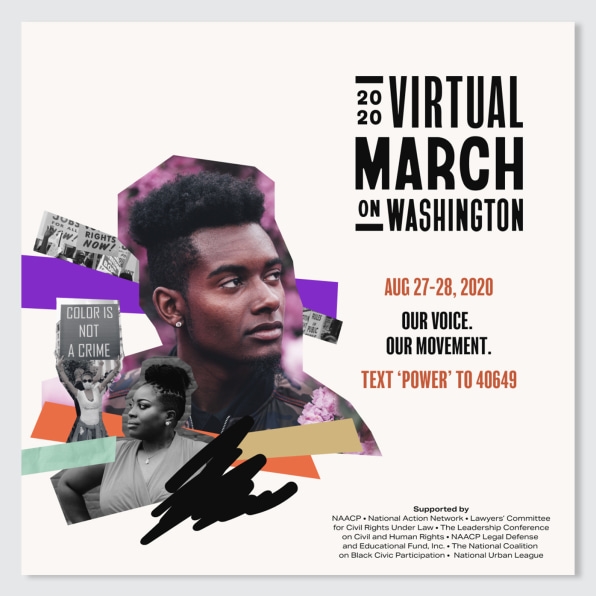
More than 200,000 demonstrators attended the 1963 March on Washington, where they listened to iconic speeches by Martin Luther King Jr. and John Lewis. They carried hand-stenciled signs and placards to convey their anger and optimism—both of which have been fomenting over the past few months of 2020. The killing of George Floyd, an unarmed Black man, while in the custody of the Minneapolis police, spurred months of protest demanding racial justice across the country—at least 450 of them as of June—and drew comparisons to the slew of protests in this country between 1963, the year of the original march, and 1968. The virtual march is as urgent today as the original march was in 1963. “From the unjust killings of innocent African Americans to the disproportionate impact of a global health pandemic, Black people have been getting attacked on all fronts. This crisis has exposed the inequities embedded into the underlying fabric of our nation as a whole,” says Aba Blankson, senior vice president for marketing and communications at the NAACP. “Enough is enough. And we are done dying.”
Woldemichael responded by tapping the visuals of past protests to create a distinctly 21st-century brand. The website‘s typeface, Bayard, was designed by Tré Seals and directly inspired by the hand-stenciled signs of the original march. (The name comes from Bayard Rustin, an organizer of the 1963 movement.) When you see the sans serif typeface in all caps, the letters have slightly different weights, with a roundness to the caps of the C and bowl (that’s the top part) of the R particular to 1960s lettering. The type treatment also reads well on screens. On the march’s website, the clean type is set against a contrasting background, creating a sense of immediacy that extends to the wordmark (also set in Bayard).
The branding was clearly developed with an eye toward how people might consume the protest’s content. Woldemichael adapted phrases from 20th-century icons, like John Lewis and Barack Obama, and made them into shareable graphics and Zoom backgrounds. (She knows a thing or two about creating slogans that catch on, having thought of the “I’m with Her” phrase the Clinton campaign used in 2016).
Photo collages are another anchor of the brand. Each collage features a Black person at center with an optimistic upward gaze, surrounded by supporting images of Black Lives Matter protestors in black and white. The result is an ad hoc, unfussy, elegantly optimistic visual, with strips of regal colors like purple and gold in a nod to Dr. King. “There’s a huge past to the march. But we’re not trying to be only nostalgic. The fight for Black lives is still a conversation that is being had,” says Woldemichael. “The collage is in respect of that—moving an image from the past to the future.”
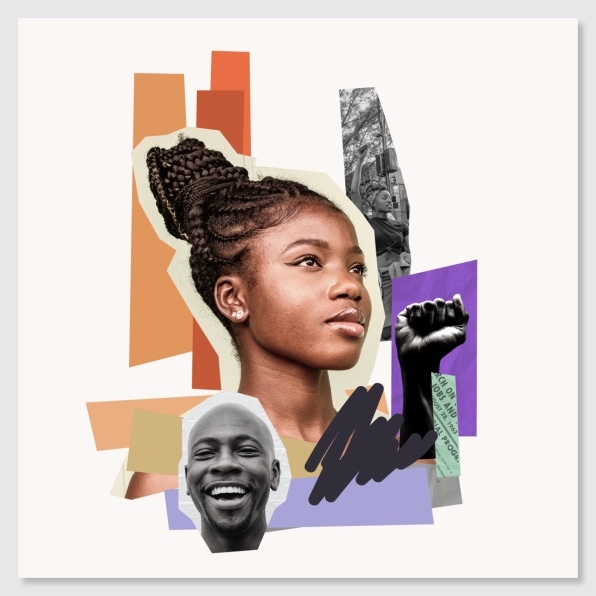
One month before Dr. King was assassinated, he preached about dreams unfulfilled—”One of the great agonies of life is that we are constantly trying to finish that which is unfinishable,” he said. It sounds on its face like a surrender, but it’s also a message of resilience: Keep going, and although you might not see the result in your lifetime, others will continue the struggle you began. Woldemichael’s thoughtful design embodies that sentiment. The brand is “building on history,” she says. “Let’s go forward.”
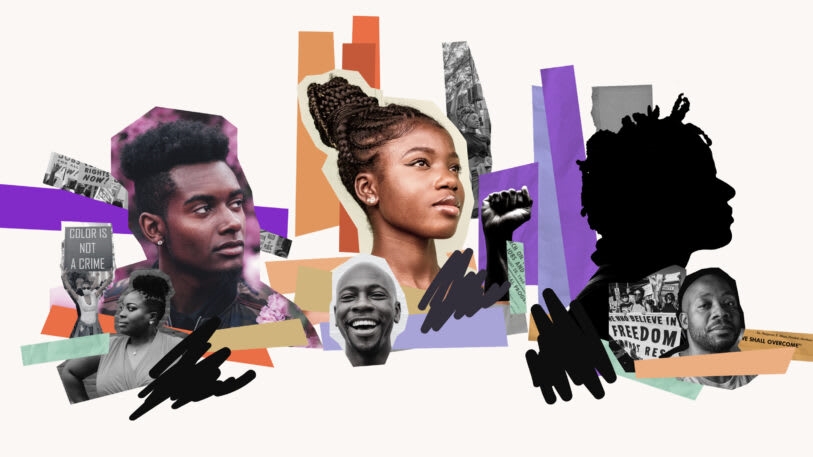
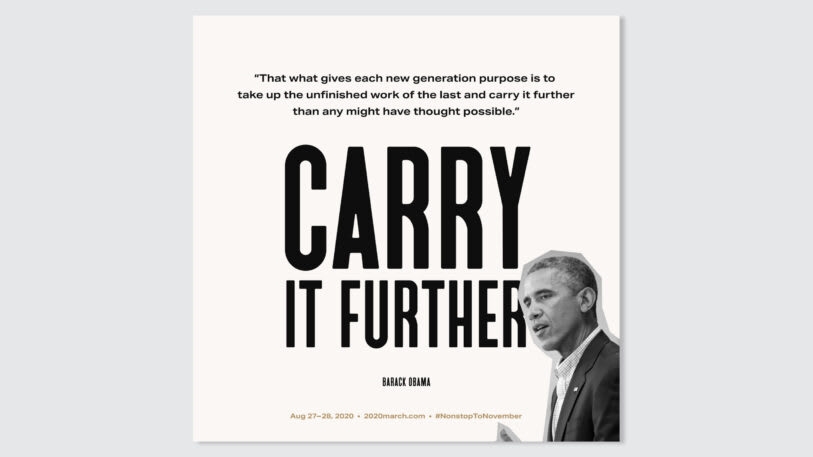
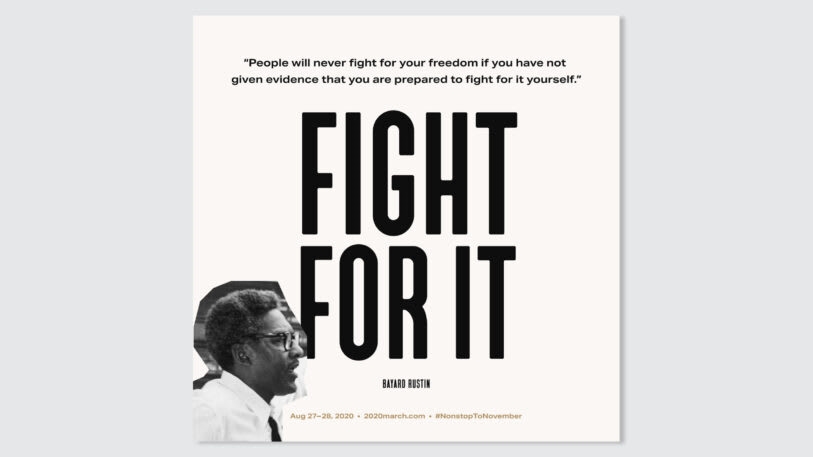
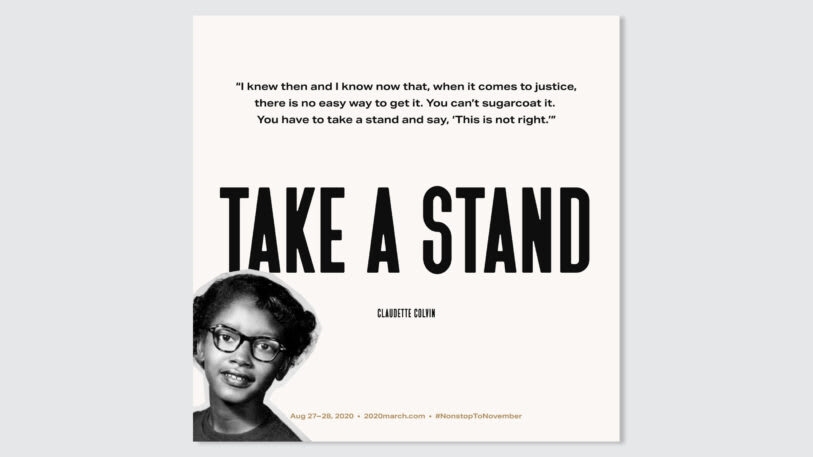
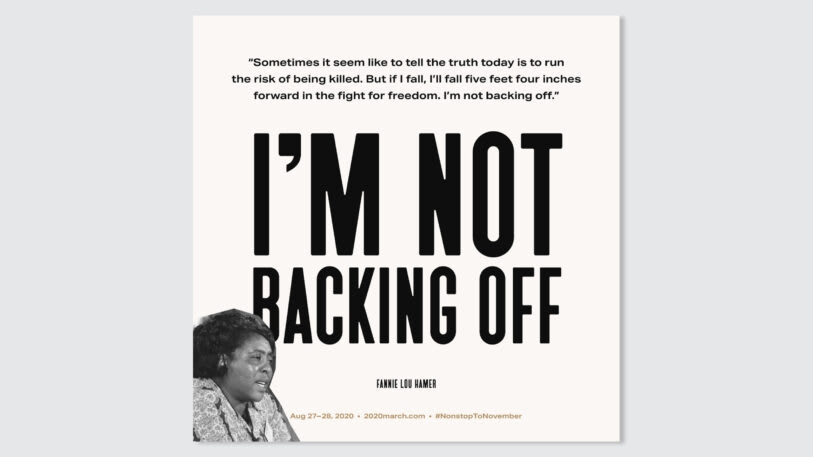
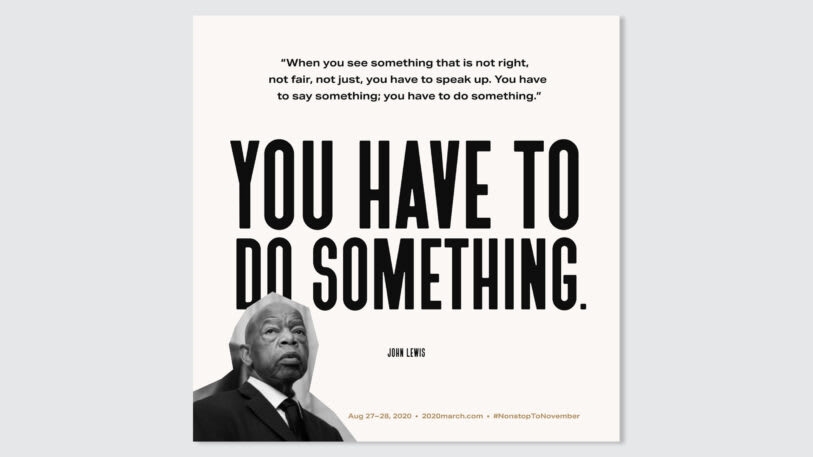
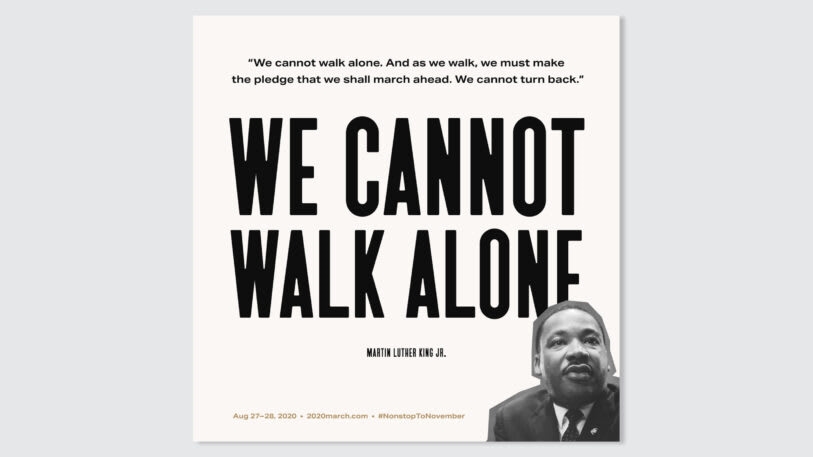

Fast Company , Read Full Story
(25)

